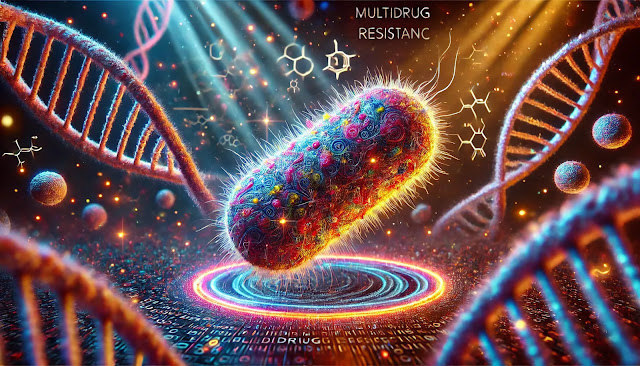Antibiotic resistance is one of the most pressing global health threats today. It has reached alarming levels worldwide, posing significant risks to human health, food security, and global development. Here's an overview of the problem:
Key Statistics
-
Deaths and Morbidity:
- According to a 2022 study published in The Lancet, antibiotic-resistant infections directly caused 1.27 million deaths worldwide in 2019, with an additional 4.95 million deaths associated with bacterial resistance.
- These numbers are expected to rise, with estimates suggesting 10 million deaths annually by 2050 if no action is taken.
-
Economic Impact:
- Antibiotic resistance could lead to a 2-3.5% reduction in global GDP by 2050, costing the global economy up to $100 trillion.
-
Geographical Disparities:
- The problem is more acute in low- and middle-income countries (LMICs) due to overuse in healthcare and agriculture, poor infection control, and limited access to alternative treatments.
Drivers of the Problem
-
Overuse and Misuse:
- Overprescription of antibiotics for viral infections.
- Self-medication and incomplete courses of antibiotics.
- Overuse in livestock and agriculture to promote growth and prevent disease.
-
Lack of New Antibiotics:
- Few new antibiotics have been developed in recent decades due to the high cost and low return on investment for pharmaceutical companies.
-
Global Travel and Trade:
- Resistant bacteria spread quickly across borders, exacerbated by international travel and trade.
-
Healthcare Settings:
- Poor infection prevention and control practices lead to the spread of resistant bacteria in hospitals and clinics.
Notable Examples
-
Multi-Drug Resistant Tuberculosis (MDR-TB):
- MDR-TB and extensively drug-resistant TB (XDR-TB) are significant concerns, especially in regions like Southeast Asia, Sub-Saharan Africa, and Eastern Europe.
-
Carbapenem-Resistant Enterobacteriaceae (CRE):
- These "superbugs" are resistant to last-resort antibiotics and have high mortality rates.
-
Resistance in Common Infections:
- Increasing resistance in pathogens causing urinary tract infections, pneumonia, and bloodstream infections.
Global Responses
-
Surveillance:
- Programs like the World Health Organization's (WHO) Global Antimicrobial Resistance and Use Surveillance System (GLASS) aim to monitor and understand the problem.
-
Policy and Stewardship:
- Governments are implementing antimicrobial stewardship programs to ensure responsible use of antibiotics.
-
Research and Development:
- Incentives like public-private partnerships aim to develop new antibiotics and alternative therapies.
-
Public Awareness:
- Campaigns to educate the public on the proper use of antibiotics.
What’s at Stake?
Without urgent action, antibiotic resistance could lead to:
- Routine surgeries and minor infections becoming life-threatening.
- A return to a pre-antibiotic era where bacterial infections are largely untreatable.
- Disrupted food production due to the inability to control livestock diseases.
Antibiotic resistance is a complex problem requiring a coordinated global response involving governments, healthcare providers, researchers, and individuals.


